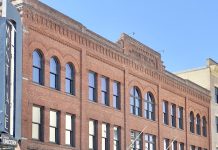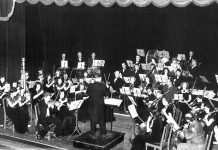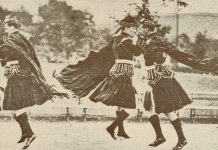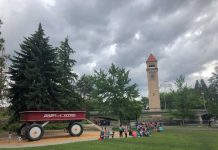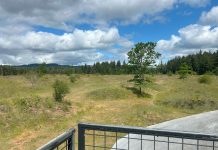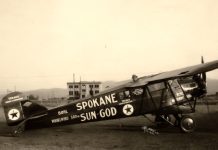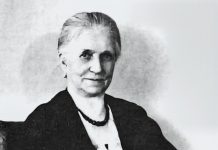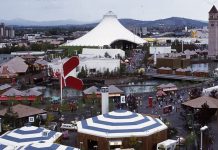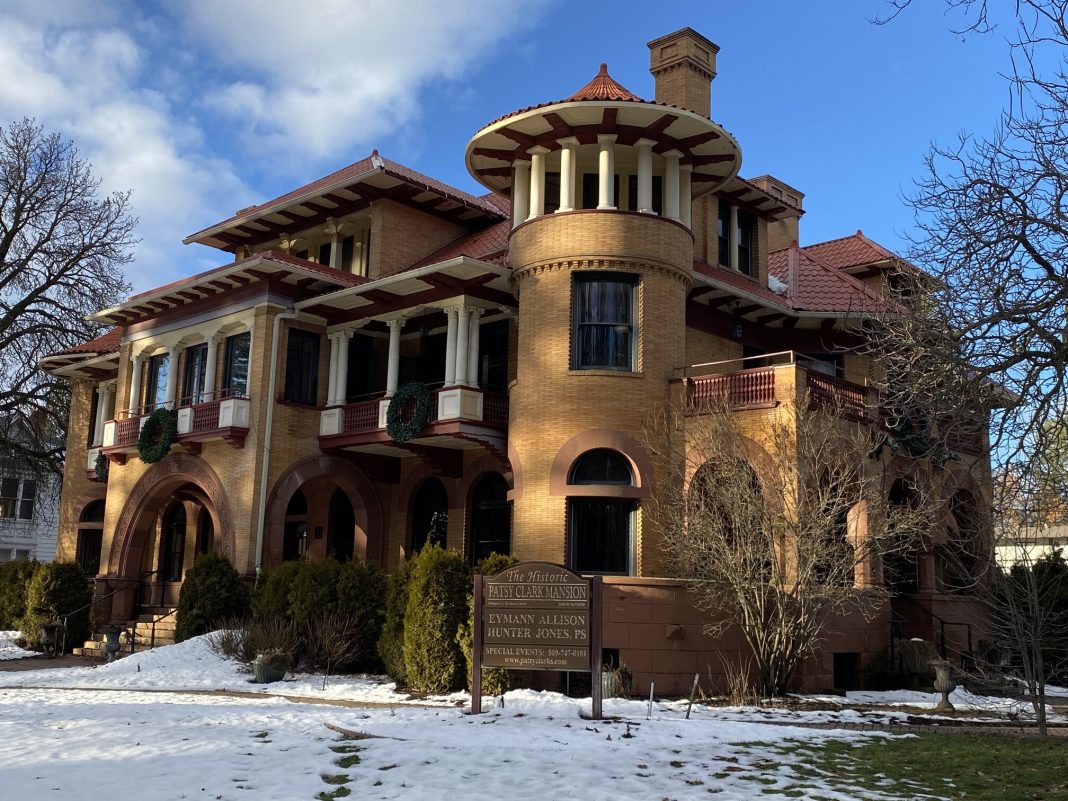From its early inception and its Native American roots, Spokane has grown from a small settlement into a bustling modern city. First called Spokan Falls, the legislature incorporated it in 1881. Ten years later the name Spokane became official, with the “E” added to the end. The town grew during the boom years, but many wooden structures burned to the ground during the Great Fire of 1889, after which many stone and brick buildings were erected. Still, much of the city’s early history has been preserved in its architecture. Spokane offers a plethora of architectural wonders just waiting for you to discover.
Patsy Clark Manson

In 1897, Kirtland Cutter designed a beautiful Spokane mansion for mining magnate Patsy Clark. Cutter arrived in town a decade earlier and would have a significant impact on the growing frontier town. Within the mansion, touches such as imported wood from Egypt, a Jeweled chandelier and a columned fireplace exhibit Cutter’s sense of style. Located on 2208 West Second Avenue, the Patsy Clark Mansion has wowed passersby for over 122 years.
The Patsy Clark Mansion joined other Spokane buildings in the National Register of Historic Places in 1975. It is also part of the Browne’s Addition Historic District, which came into fruition in 2019. Thanks to the Brown’s Addition Neighborhood Council, it now takes its rightful place among other Victorian-era mansions. In 2003, Walker Construction restored the manor, returning it to its full splendor. Once a private residence, it has evolved from an Inn and a restaurant to a law firm and an event center. Rumor has it the mansion’s wine cellar is haunted.
First Congregational Church of Spokane
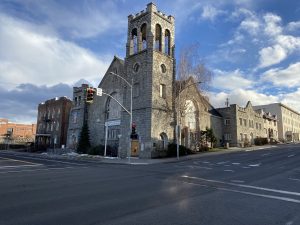
Situated near a dull, concrete overpass in downtown Spokane sits a grand, old stone church. This historic symbol of worship is found at West 311-329 Fourth Avenue. Originally named the First Congregational Church and later Westminster Congregational Church, this is an impressive landmark. It was built not long after the Great Spokane Fire, and its builders wanted a durable church that would survive in the event of another one. Stone was a very wise choice. One of the church’s founding fathers, Reverend Cushing Eells, gifted the church bell to be hung in the tower. The bell’s first chime must have been long-awaited.
Early inhabitants, including some Native Americans, started meeting for Sunday services at the home of Pastor Henry Cowley. Their next meeting place, a humble wooden building where they started meeting in 1881, gave way in 1889 to its new location. They built their final church with its grand architecture during the years of 1890-1927. It has been central in the lives of many Spokane residents and has gone through a few structural changes over the years. It has been enlarged and the original conical sphere is now square. This church will surely survive many more decades, watching over the city from its elevated perch.
The Flour Mill
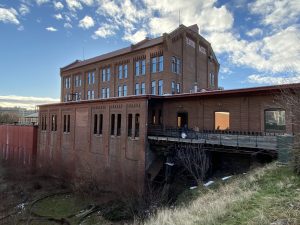
Looking for something to do in Spokane? Head to 621 West Mallon Avenue and experience a taste of history. The Spokane Flour Mill will take you back to the industrial era of the late 1800s. Builders erected this large, brick building in 1895. However, the mill did not operate for another five years due to a lengthy lawsuit over ownership. The original owner, Simon Oppenheimer, filed for bankruptcy, after which, Kantoor, a Dutch financial firm, ultimately prevailed.
Despite the legal troubles marring its opening, the builders had vision and chose an amazing location right above the Spokane Falls. Prior to the 1974 World’s Fair, the building ceased to be a flour mill and evolved into a mini-mall with specialty shops and restaurants. Visitors can stroll alongside the mill and wander out back to view the falls and hear the roar of the tumbling water.
The specialty shops include the Wonders of the World, Wonders Bead Shop, Tobacco World, The Kitchen Engine, Jewelry Repair Shop, Queen of Sheba Restaurant with Ethiopian cuisine, Clinkerdagger Bar and Restaurant, and The Chateau Rive Event Center. Visitors can also sink their teeth into chocolate truffles, dark-chocolate seafoam, or sip an Americana at the Chocolate Apothecary.
The Spokane County Courthouse
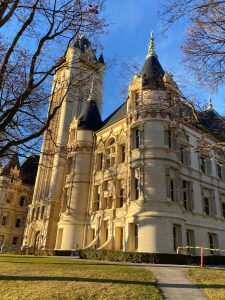
Not many towns can boast a castle for a courthouse. The story behind the building of the Spokane County Courthouse is quite interesting. The board of county commissioners held a competition for its design in 1893. They wanted something innovative and offered generous cash prizes. Kirtland Cutter, who had yet to design the Patsy Clark Mansion, placed second. The first prize went to Willis Alexander Ritchie. Once Mr. Ritchie’s design had been chosen, bids poured in, and the county commissioners chose contractor David B. Fotheringham. Building this amazing castle culminated in the Fall of 1895.
Not everyone cheered its construction, however. The sheer price tag raised a lot of ire in the town. Residents complained of its placement on the north bank of the river and frowned on its lavish architecture. Times were hard financially, so spending so much on a courthouse seemed cavalier to many. Still, this French Renaissance-style castle is a sight to behold. Renovations have taken place over the decades, including work on the tower, but it is still as magnificent as the day its doors opened. The Spokane County Courthouse remains one of the most fanciful architectural treasures of Spokane.
Spokane has plenty for history buffs with many charming buildings full of fascinating heritage and old-world charm. Offering a peek into the past, stop and look around Spokane and behold the magnificent monuments of yesteryear.





